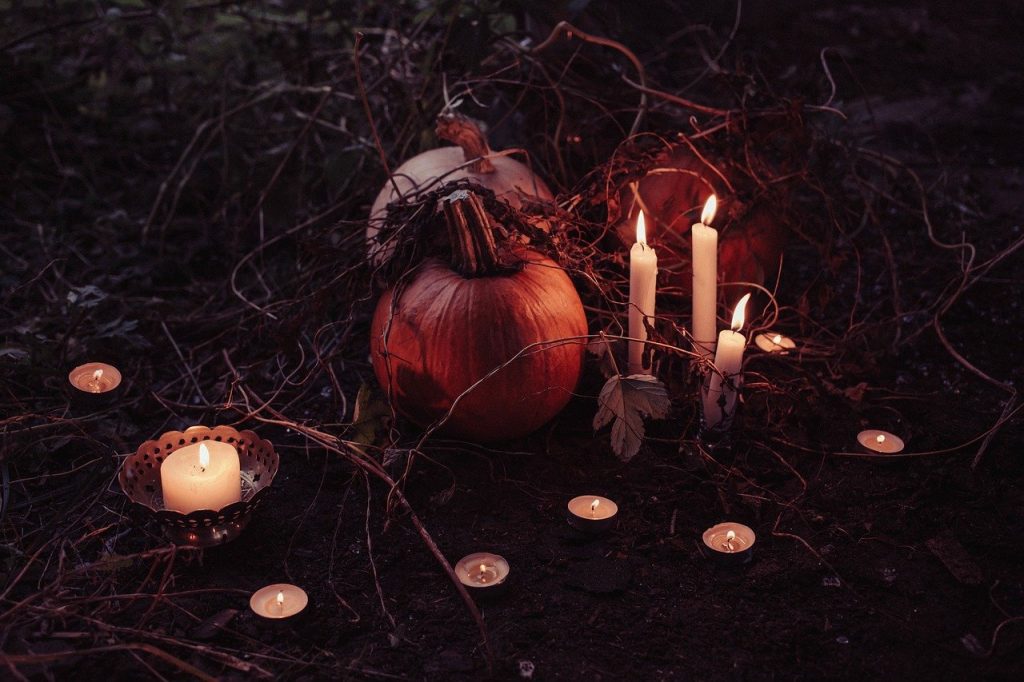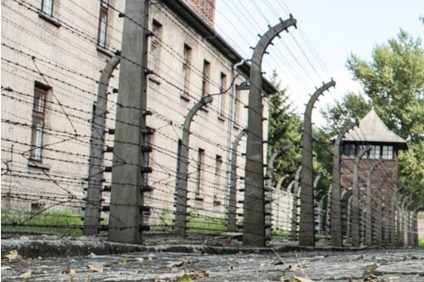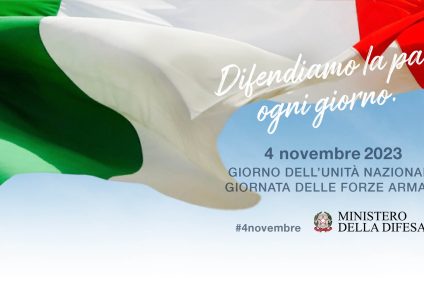All Saints' Day, the feast of all saints in Italy and in many European countries. There Church established this anniversary to oppose it to the pagan festivities, both Celtic and Roman, which in ancient times fell precisely in the days between the end of October and the beginning of November. The definitive suppression of pagan rites takes place thanks to Pope Gregory III between 600 and 700 AD; while the day of the dead is established in 998.
The feast of All Saints
We find the first traces of this Christian anniversary already during the fourth century AD. The feast of All Saints commemorates all the saints of the history of Christianity. In fact, in the Italian civil calendar, every day is dedicated to a saint or a martyr. In truth, the saints of Christendom are many more than 365 and for this reason, not all of them can find space in the calendar. On November XNUMXst of each year, the memory of their lives and their martyrs is commemorated, that is to say how important their sacrifices and deeds have been for Christian history.

November 2st in most of the southern European countries such as Italy, Spain and Portugal and in those of the east, is a day of celebration. On the other hand, November XNUMX, the day of the commemoration of the dead, is not. In this regard, it should be remembered that in Belgium the feast of the saints is known as the 'day of chrysanthemums ”. In France, on the other hand, there is the custom of placing flower garlands called garlands on the graves 'wreaths of All Saints'. In countries of Germanic culture, such as Austria and Germany, on All Saints' Day the godparents give their godchildren a sweet bread braid called Allerheiligenstriezel which means' All Saints' braid '.

The Celtic rites from which Halloween was born
Some scholars of history and anthropology underline a certain temporal continuity between the first of November of All Saints and the Celtic festival of“samhain”, from which it originates Halloween. Samhain is the Celtic New Year and, according to the beliefs of this ancient ethnic group, during the night between October 31st and November XNUMXst, the dead return from the underworld and walk the earth, among the living. Most likely, the Christian Church needed to make the custom of celebrating the return of the dead from beyond the grave less pagan. Very popular custom especially in the lands of northern Europe. To do this, the ecclesiastical hierarchies decided to celebrate All Saints' Day on the first day of November, in order to 'Christianize' the pagan rites of the time.





